- The 2025 Porsche 911 GTS brings a hybrid into the sports car lineup
- Porsche 911 GTS hybrids have 532 hp and 449 lb-ft of torque and do 0-60 mph in 2.9 seconds
- The 2025 Porsche 911 costs $122,095 while the hybrid GTS costs $166,895
A Porsche 911 hybrid seems like the answer to a question nobody asked. Hybrids were introduced to save fuel, reduce emissions, and to generally raise eco-cred. Suffice it to say those priorities don’t align with your average 911 buyer. Nonetheless, we now have the 2025 Porsche 911 GTS, the model’s first hybrid.
So why did Porsche’s engineers spend a massive amount of time developing a bespoke hybrid system for its new-generation 911, the 992.2? Tellingly, there was no discussion of fuel economy during the numerous briefings I sat through before driving the new 911 GTS, the first Porsche featuring the company’s so-called T-Hybrid technology.
Likewise, no emissions-free driving is on the menu. This simply isn’t that kind of hybrid. It follows in the mold of the Chevrolet Corvette E-Ray, offering a small battery and a relatively modest power boost, though it doesn’t offer that car’s all-wheel-drive capability. The real magic of the system, though, might just be in the turbocharger.
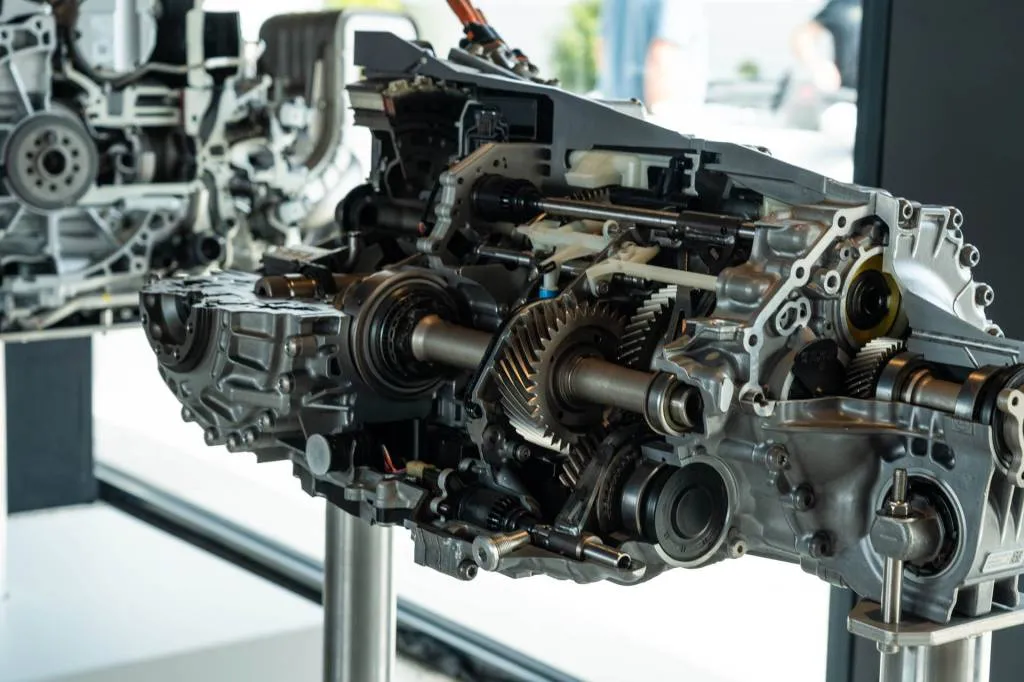
2025 Porsche 911 GTS
Porsche 911 GTS T-Hybrid: All about that T
Porsche loves throwing highfalutin names at pedestrian technologies, but in the case of T-Hybrid, the moniker actually makes sense. The T stands for turbo because this system is as much about forced induction as it is about electrical augmentation. It all starts with a modest battery, a 400-volt, 1.9-kwh unit situated up front under the hood, where you’d traditionally find the 12-volt battery. (That has been relocated behind the rear seats.)
Yes, that’s awfully small by modern standards, less than a third of the size that Mercedes is putting in the upcoming AMG GT S E Performance, for example, but again this isn’t a plug-in. The pack powers an electric motor that Porsche has integrated into the dual-clutch PDK, which is necessarily the only transmission on offer. The motor makes 53 hp and 110 lb-ft of torque on its own, and it’s paired with a turbocharged 3.6-liter flat-6 that provides the bulk of the system’s 532 hp and 449 lb-ft of torque.
Interestingly, there’s only a single, large turbo here instead of the smaller, twin units found on most 911s these days.
Lag City, right? Actually, no. The turbocharger is augmented by its own little electric motor, which can not only spin it up to reduce lag but can actually use the turbo’s excess momentum to generate 11 kw of electrical current. Instead of a traditional wastegate to manage excess turbo pressure, you actually get a second dose of regen. This not only helps to recharge the battery while you’re driving, but the extra current can be fed directly to the hybrid motor, meaning a double-shot of additional power from that single turbo.
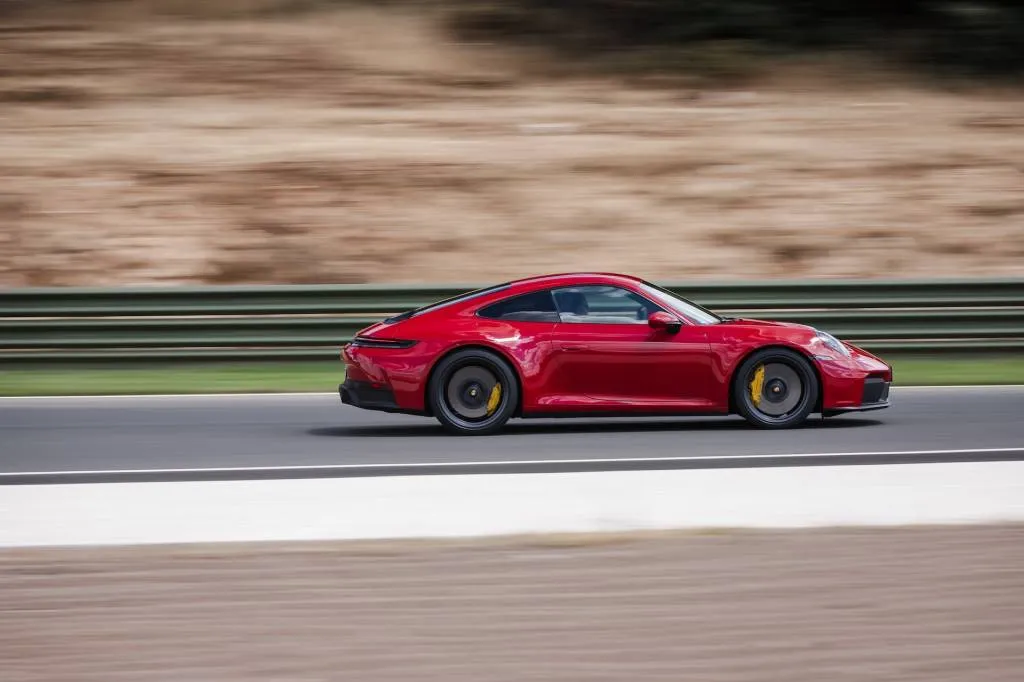
2025 Porsche 911 GTS
Porsche 911 GTS: On the track
The T-Hybrid system may be compelling technology on paper, but fancy technology doesn’t necessarily make for better sports cars, especially those with provenance like the 911’s.
However, the drawbacks are hard to find in this case. The battery pack does add about 60 pounds of weight to the system, but Porsche offsets that by removing some hardware from the engine, including the alternator and starter, both obviated by that hybrid system. The net result is a GTS that weighs 103 pounds more than the outgoing model, or about 180 pounds more than a base 992.2 Carrera.
On the track, I was hard-pressed to feel that difference. Remember, we’re talking about a 911 that weighs between 3,300 and 3,900 pounds, depending on which flavor you choose. On the sinuous and challenging Ascari circuit in Spain, the rear-wheel drive 911 GTS felt as eager and nimble as the base Carrera.

2025 Porsche 911 GTS
In fact, it was even more poised through turns thanks to the bigger 245/35R20 front and 315/30R21 rear tires. It was steadier on the brakes, too, thanks to the optional carbon-ceramics (PCCB in Porsche-speak) fitted at all four corners on the GTS models I drove. While the car does use the hybrid motor for regenerative braking, there was none of the mushy pedal feel you get in the average hybrid. In fact, I felt the most significant difference when I had my right foot flat on the accelerator.
The GTS isn’t wholly without turbo lag, but it really does take just a moment to hit peak boost and surge forward. You can hear that big impeller spinning at max rpm behind your head despite the deep, raspy roar of the sports exhaust, which comes standard. Porsche quotes a 0-60 mph time of just 2.9 seconds, 0.3 second quicker than the last 911 GTS. You can immediately feel that extra power in the GTS thanks to the quicker turbo, but the hybrid motor also makes for sharper throttle response, even providing some torque fill on the upshifts to make those PDK changes feel even more seamless. It’s a more immediate, brutal power delivery than I’ve ever experienced in a 911 before.
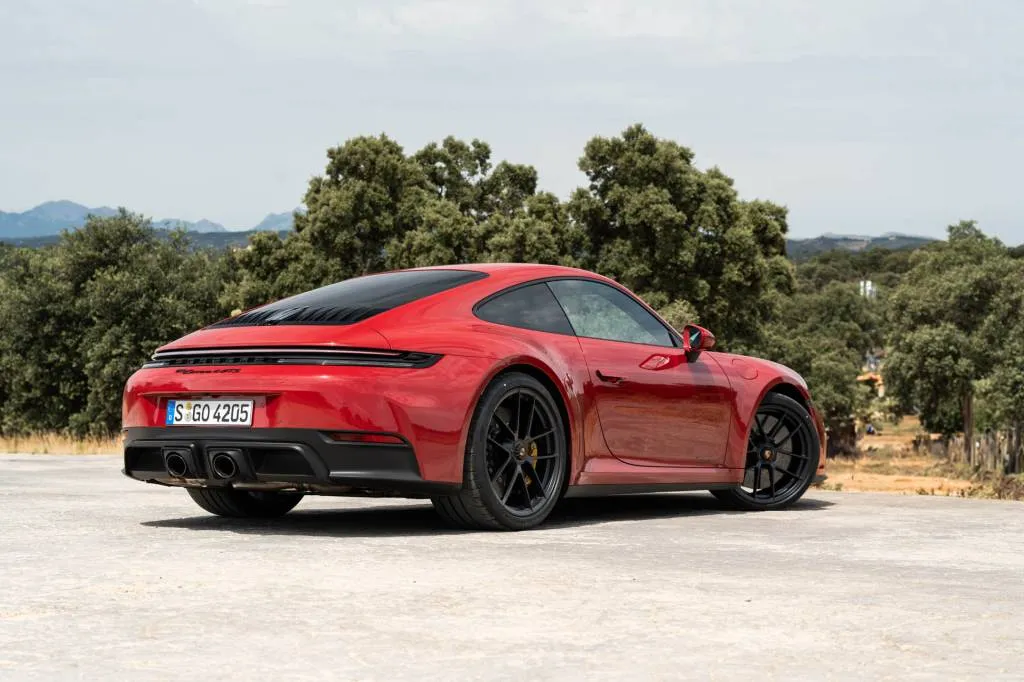
2025 Porsche 911 GTS
Porsche 911 GTS: On the road
As good as the new turbo and hybrid system is on the track, it’s more useful on the road. While the base Carrera is far from laggy, the GTS just feels that much more eager, perfect for quick overtakes or momentary flourishes between traffic lights.
Just as crucially, the 911 GTS doesn’t drive like a traditional hybrid. Yes, it does switch off the engine by default when you’re sitting at traffic lights in Normal mode, and it will get underway briefly under electric power, but you won’t be idling around town silently here.
Like most flavors of the 911, the GTS is still poised and livable on even miserably rough roads. Yes, the suspension is firm, and it’s certainly a lively-feeling car, but it’s not back-breaking by any means. Though the rear seats are borderline useless, it’s a beautiful long-distance get-away machine for two.
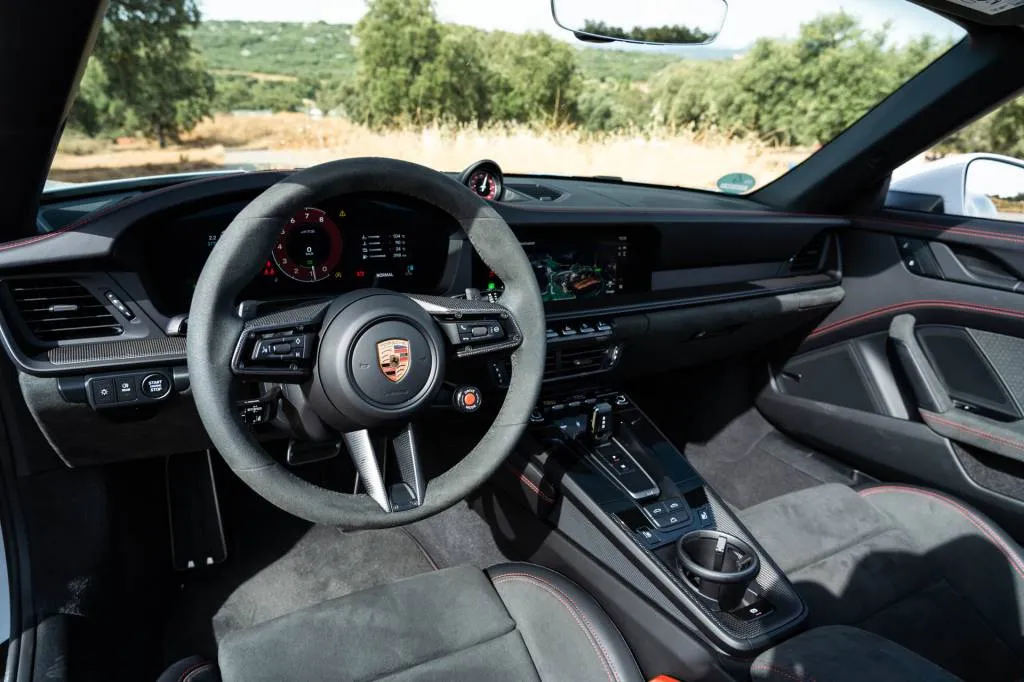
2025 Porsche 911 GTS
Porsche’s optional InnoDrive, with adaptive cruise control and active lane control, helps make periods of highway droning and traffic crawling more bearable, too. The interior has also received a significant tech infusion, with a new, 12.6-inch curved and fully digital gauge cluster. Purists will lament the final retirement of the 911’s iconic analog tachometer, but most buyers will appreciate the extreme configurability of the new display.

2025 Porsche 911 GTS
2025 Porsche 911: Other flavors
The rear-drive GTS coupe isn’t the only new 911. I also spent time in the Cabriolet flavor of the GTS, which lacked just a bit of the sharpness of the hard-top but was admirably quiet with the roof up. Outside of the roughly 180-pound weight gain over the coupe and the extra $13,000 cost, it’s a no-compromise convertible. A Targa flavor is available, too.
There is also a Carrera 4 GTS, which adds all-wheel-drive to the mix. Again, there’s a weight and cost penalty here, 99 pounds and $7,800 to be exact, but otherwise, it doesn’t give up much in the way of feel over the rear-drive version. The steering has a fraction less feedback, and I felt just a bit of extra inclination to understeer when I was pushing too hard, but that’s about it.
Then there’s the base Carrera, the other 992.2 variant available at launch of the 2025 lineup. It feels more or less exactly as it did before, which is to say fun and engaging when driven hard yet still practical and comfortable for daily duty. Its turbos only feel laggy by comparison, and though it’s only gained a paltry 9 hp over its predecessor, 388 hp is hardly anemic—unless you’re stacking it up against the GTS, of course.
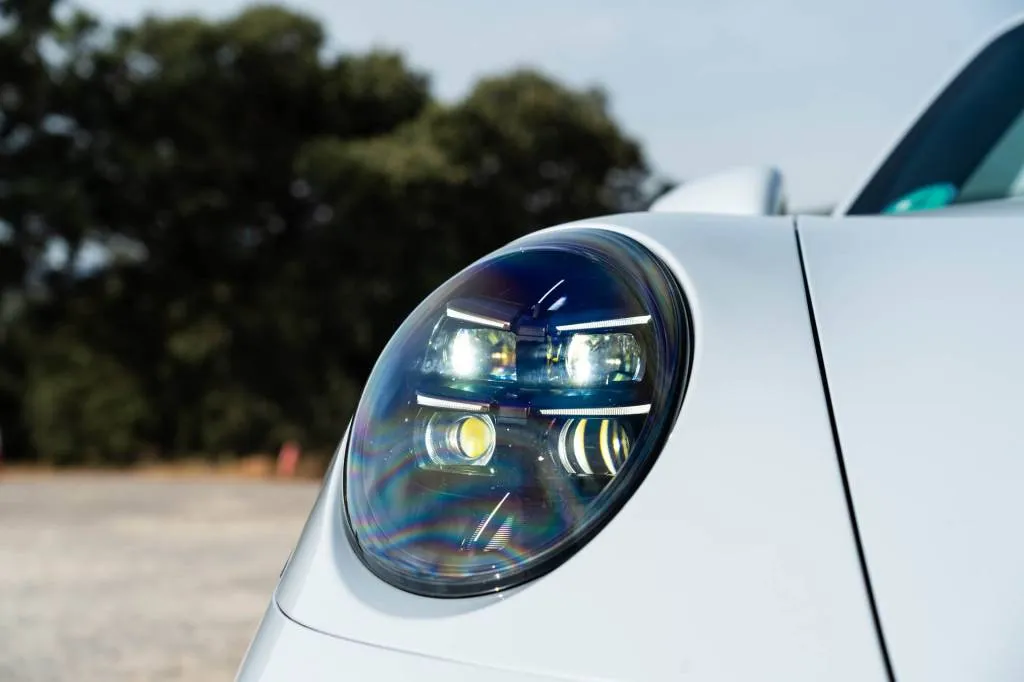
2025 Porsche 911 GTS
2025 Porsche 911: Paying for the privilege
That base Carrera now starts at $122,095, a roughly $5,000 raise over last year, but it does come with several standard features that were formerly options, including LED Matrix headlights, active lane control, and power-folding exterior mirrors. If you want a GTS, you’re paying at least $166,895 for the privilege, a $14,000 raise over the previous GTS. Again, Porsche is piling on the former options, such as rear-axle steering and the Race-Tex interior package, which adds synthetic suede to the seats, steering wheel, and lower dashboard.
Which is the best? The base Carrera is still the sweetest of the bunch for my taste. It may lack the electric assist on its turbochargers, but as amazing as that tech is, I confess I’m a bit concerned about the longevity of a turbocharger constantly spun to the moon by a motor subjected to intense heat. (Porsche’s engineers, of course, assured me everything would survive just fine.)
The bigger problem with the GTS for me is that it blends a little too well into the increasingly broad spectrum of shades of 911. Where the Corvette E-Ray feels quite different from the other Corvettes, the new GTS more or less sounds and drives like any other 911. For purists, that’s of course a good thing, but given the leap forward in drivetrain technology, I was hoping for something just a little bit different.
—by Tim Stevens
Porsche paid for travel and lodging for Motor Authority to bring you this firsthand report.
